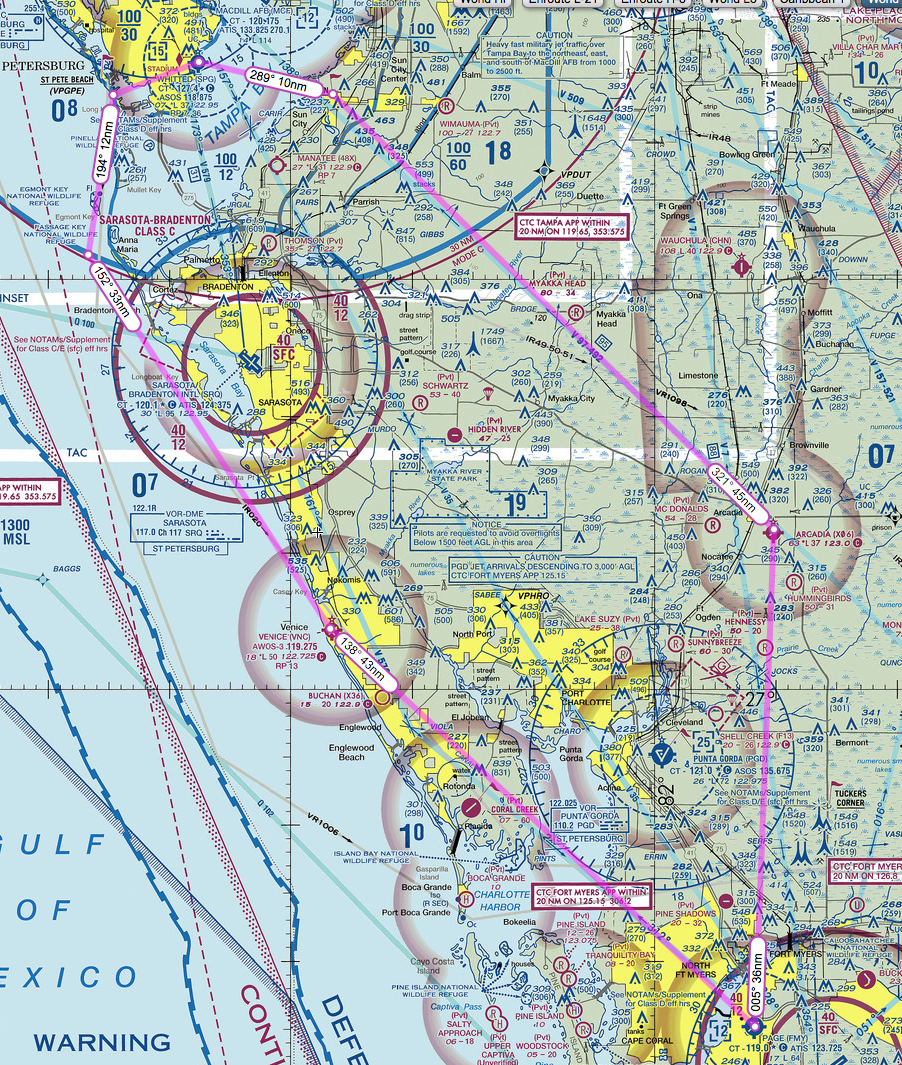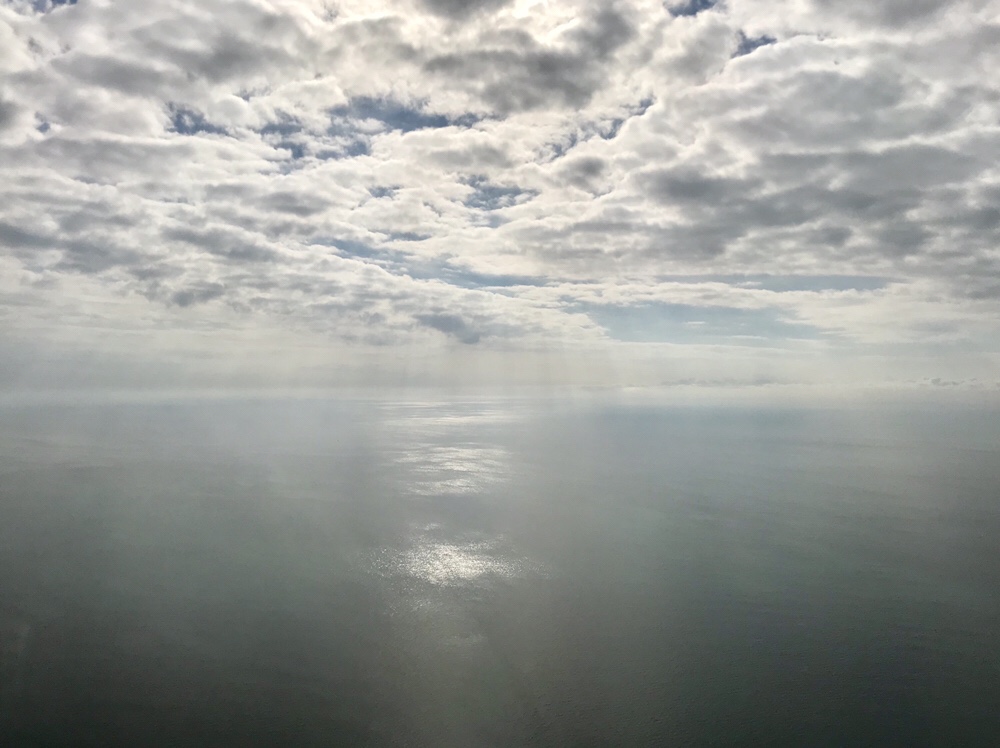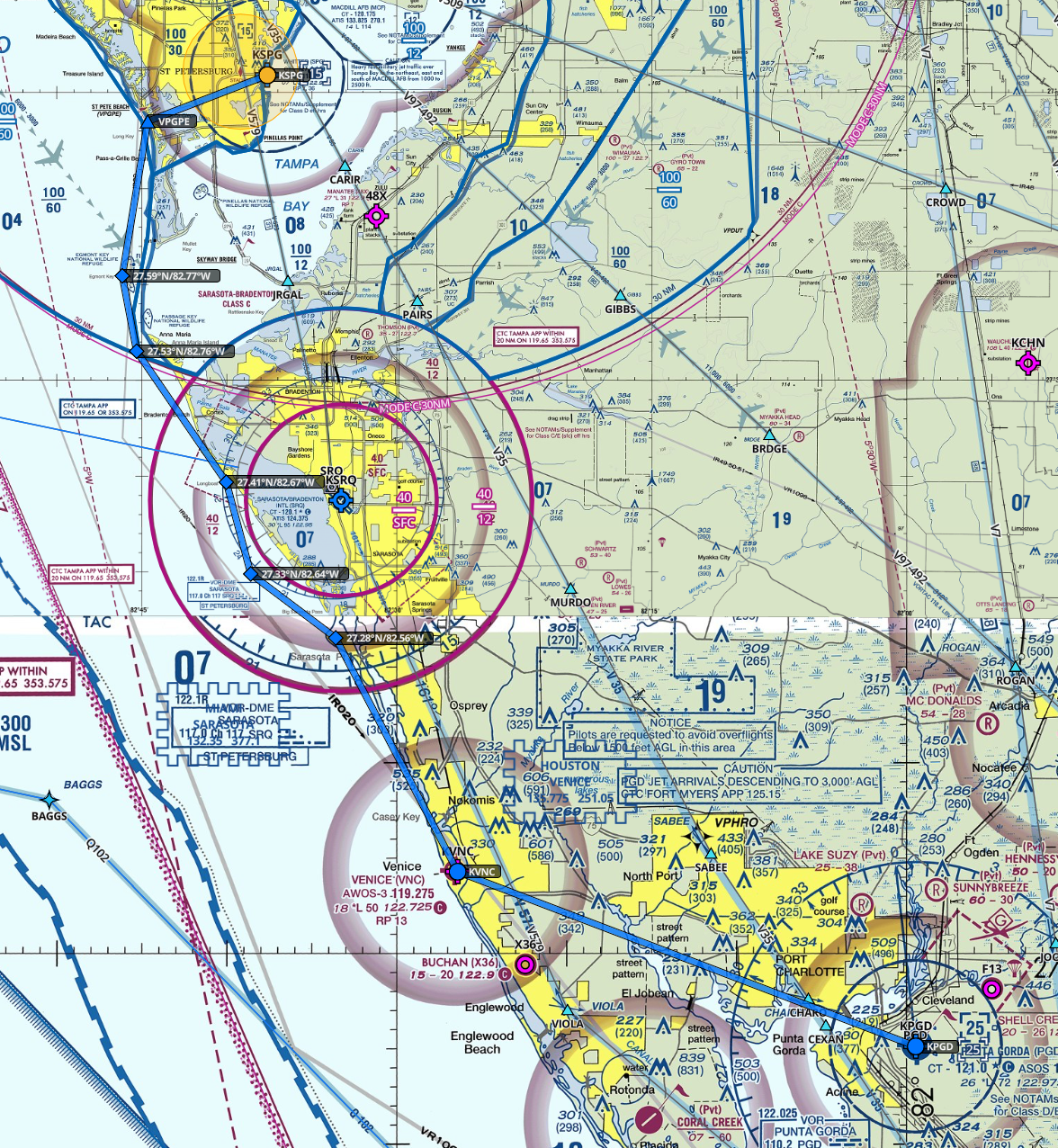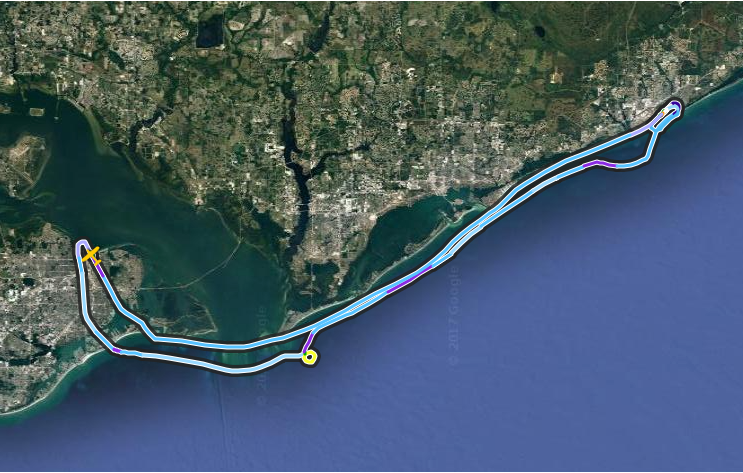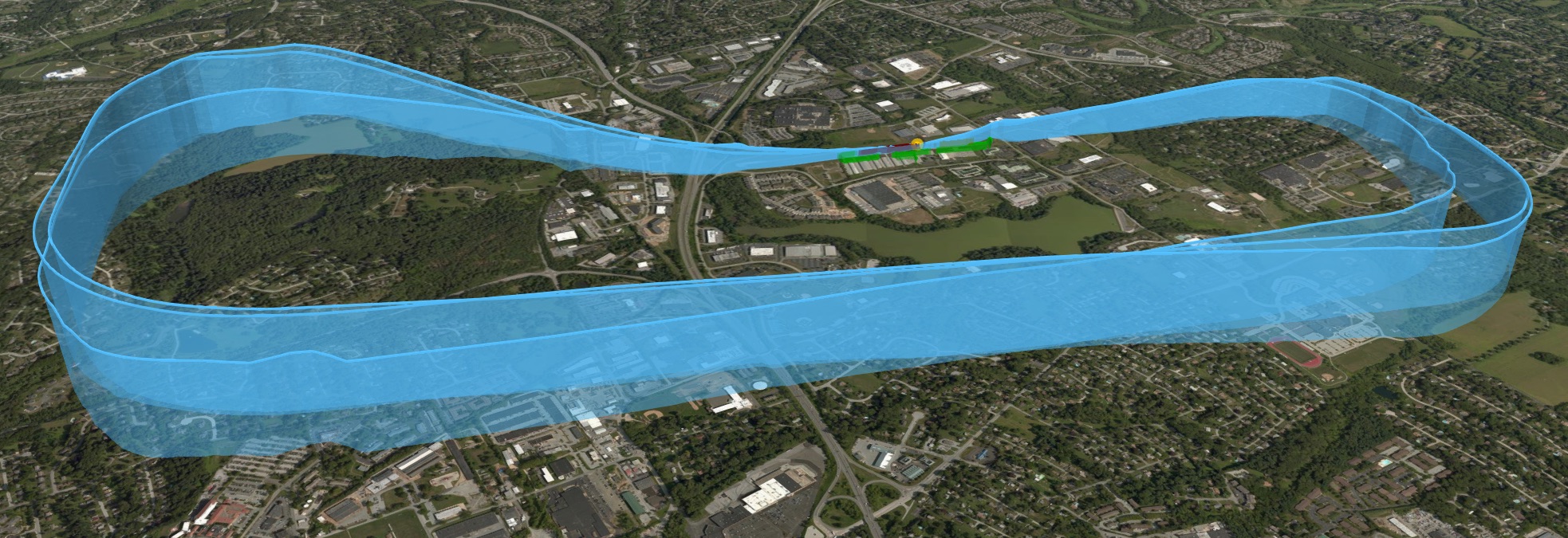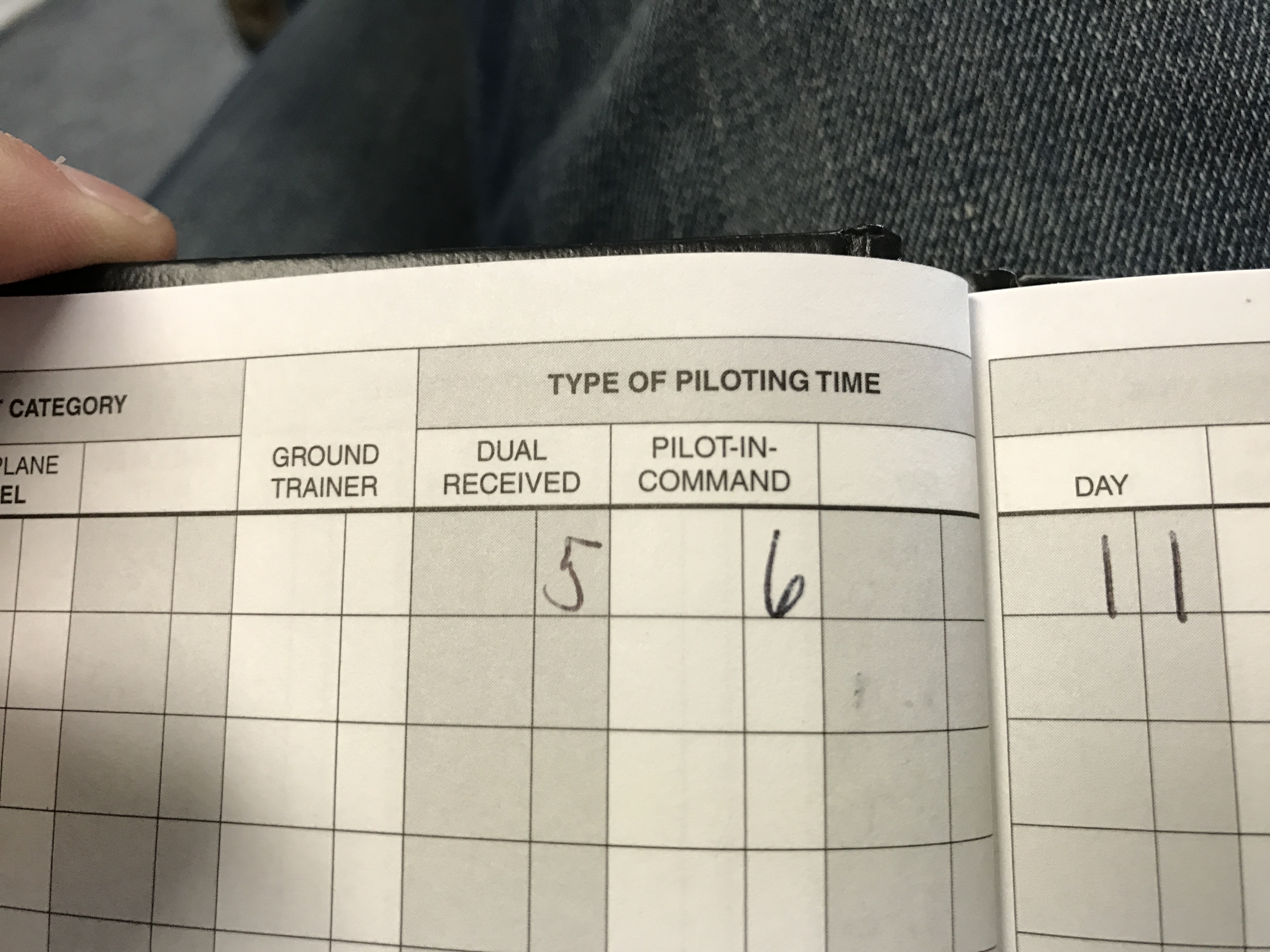My first time using flight simulation software was sometime in the 1980s on the green screen of an Apple IIe. That interest eventually led to my building the Basement Sim
, most construction of which happened three years ago this week. So it seems apropos that today I spent 1.5 hours in a sim and was able to enter it in my logbook as counting against the requirements for my instrument rating.
The short story is that one of the CFI’s at my flight school recently bought a federally-approved sim and has it on the virtual line for student training. We were originally set to spend a couple of hours in a Cirrus SR-20 today (I’m getting checked out on the SR-20), but weather was IFR so we jumped in the sim instead. 1.5 hours later – and a failed attitude indicator, failed vacuum pump, failed airspeed indicator, and a shot of smoke in the cockpit later – we had 1.5 hours of simulated IFR time for the logbook. With this sim I can count 20 hours of sim time against my instrument rating, and I plan to make the most of it. And it should only get better, as today they installed PilotEdge on the sim.
My impression is that the time I’ve spent in my own sim was very helpful in this training. The CFI felt I handled the instrument work better than most people just beginning their instrument training, and I was quite comfortable on the instruments. The big learning today, aside from many technical coaching points the CFI gave me along the way, was the distraction partial panel can cause. The urge to glance at your attitude indicator or directional gyro is quite real, and when you do and it is failed it gives a very incorrect signal to the brain that is likely in opposition to what the other instruments are telling you. I can see why folks might carry some post-it-notes to stick over a failed instrument in real-world flight. But that, too, is something I can simulate in my own rig, and flying around in IMC for a while with a failed attitude indicator is on my list of things to do.
One final impression was how useful it was to have a CFI throw you emergencies and failures. You can set X-Plane to fail systems randomly across a particular time frame
, but you do know to some extent that it’s coming. I plan to do this at home, but I also left thinking that it’s probably money well-spent to have a CFI put you in a sim and just throw crazy stuff at you once a month. I can’t believe that would make you worse as a pilot.
(And the best part of today was when he had my flying partial panel with a failed attitude indicator and airspeed indicator when the sim threw me carb ice on its own – but a quick pull of the carb heat fixed that particular problem.)
